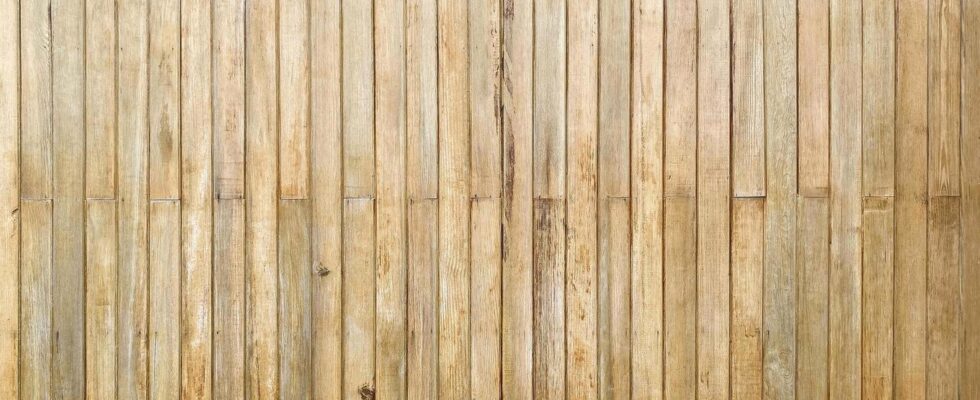When you embark on a DIY project, especially building something as functional as a shed, the choice of materials can make or break the outcome. Wood, being one of the primary components in constructing a shed, requires special attention. Making the right choice is imperative to ensure durability and an aesthetically pleasing result. Let’s delve into the key factors you should consider when choosing wood for your shed building project. And if you’re looking for a comprehensive guide to help you out every step of the way, you can find it in this detailed review.
1. Understanding Wood Types
There’s an array of wood types available, each with its unique properties. Here are some commonly used woods for shed projects:
- Softwoods: These come from coniferous trees like pine, spruce, and cedar. Softwoods are relatively easy to work with and are generally more affordable.
- Hardwoods: Derived from deciduous trees like oak, cherry, and mahogany, hardwoods are dense and durable but can be pricier and tougher to handle.
It’s worth noting that softwoods are typically chosen for shed building due to their cost-effectiveness and ease of use. But if you’re building something upscale, hardwoods can give that luxurious touch.
2. Consider the Climate
Wood reacts to its environment. In damp or humid areas, certain woods are prone to rot faster. Therefore, choosing wood like cedar, which has natural rot-resistant properties, can be beneficial. On the other hand, if you live in drier regions, the wood can crack or split, so a wood with good stability, like pine, can be an excellent choice.
3. Think Long-Term
When building a shed, it’s not just about the here and now. You want to create something that’ll stand strong for years, possibly decades. Therefore, considering factors like insect resistance can be crucial. For instance, cedar and redwood have inherent properties that repel insects. But don’t fret if you choose a wood without these natural properties; treatments can increase wood longevity.
4. Factor in Maintenance
Some woods require more upkeep than others. If you’re not keen on regular maintenance, you might want to steer clear of woods that need frequent treatments or staining. Alternatively, you can also explore how to set up an ergonomic workstation at home, especially if you’re planning on doing a lot of the wood treatments yourself.
5. Budget Constraints
Like any project, you’ll need to consider how much you’re willing to spend. While hardwoods might have that sleek finish, they’ll also take a toll on your wallet. Softwoods, while more affordable, might need additional treatments to boost their longevity. Whichever wood you choose, ensure it aligns with both your aesthetic and financial preferences.

6. Sustainability Matters
Today, sustainability is a significant concern. Opting for woods certified by organizations like the Forest Stewardship Council ensures you’re making an eco-friendly choice. So, when you take up a project, remember, it’s not just about building for today but ensuring a greener tomorrow.
In conclusion, choosing the best wood for your shed project requires a mix of research, understanding your preferences, and aligning it with your budget. And while it might seem like a daunting task, remember that with the right resources, everything becomes more manageable. If you’re an aspiring craftsman considering a home purchase to have space for such projects, you might find this article on the benefits of owning vs. renting enlightening. The most crucial aspect is enjoying the journey of building, knowing that at the end of it all, you’ll have a functional, aesthetically pleasing shed to show for your hard work.
Aesthetic Appeal is Vital
When we think of sheds, functionality is often the first thing that comes to mind. However, the aesthetic appeal of a shed can greatly influence the overall look of your property. Wood, with its natural charm, can be instrumental in enhancing this visual appeal. Depending on the design of your home and garden, you can choose from a variety of wood finishes and tones. A dark-stained mahogany or walnut can lend a sophisticated touch, while a light pine or cedar can offer a rustic feel. But remember, it’s not just about choosing the right wood but also ensuring its finish complements the surroundings.
Workability and Handling
The ease with which you can work with a particular type of wood plays a significant role in the building process. Some woods are more pliable and easier to cut, carve, and nail, while others can be quite rigid. If you’re new to woodworking or shed building, you might prefer softwoods like pine or spruce, as they’re more forgiving and easier to shape. On the other hand, seasoned builders might enjoy the challenge that hardwoods present. Regardless of your choice, ensure you have the right tools and safety gear to handle your selected wood.
Insulating Properties of Wood
One often overlooked aspect when selecting wood for shed projects is its insulating properties. A well-insulated shed maintains a steady internal temperature, which is especially crucial if you plan to store temperature-sensitive items or turn your shed into a workshop or office space. Different woods offer varying levels of natural insulation. For instance, hardwoods, with their dense composition, tend to insulate better than most softwoods. Hence, if insulation is a priority for you, consider this factor when making your wood choice.


